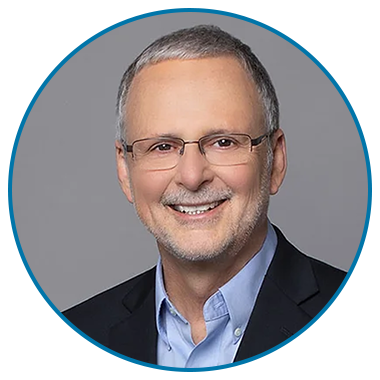Physician burnout is on the rise—but Lisa S. Rotenstein, MD, MBA, wants you to realize that administrative staff are at high risk of burnout, too.
Rotenstein is the director of Brigham and Women’s Hospital and Physicians Foundation Center for Physician Experience and Practice Excellence. In 2023, she and her co-authors published a study in the Journal of General Internal Medicine that explored burnout among healthcare workers across departments. The study found that more than 37% of physicians and nearly 46% of nurses reported “work overload,” which can lead to burnout—as well as almost 46% of non-clinical staff.
“Burnout” describes symptoms that result from job-related stress, including exhaustion, depersonalization and a perceived lack of accomplishment. Workplace environments that are accepting of employees’ identities or working styles can also contribute to burnout. When someone can’t address their burnout, the condition can lead to or exacerbate symptoms of depression, substance abuse disorders and even suicidal ideation.
One major consequence of burnout? Employee turnover.
In a Phreesia webinar, Rotenstein shared that, compared to clinicians, non-clinical staff “were more than twice as likely to have an intent to leave their jobs if they were experiencing work overload.”

Furthermore, “among non-clinical staff, those experiencing work overload were almost three times as likely to be experiencing burnout. That’s a big deal—and there’s something we can do about this,” she said.
Research suggests that burnout isn’t indicative of personal shortcomings, but often a result of inefficient workflows and policies that don’t prioritize staff wellbeing.
“What determines burnout is a combination of the system, the culture of an organization and then individual factors,” Rotenstein said. “The system is the rules, the regulations, how things work. The culture is closely tied to the system, but you can think of it as the extent to which people feel valued or they have control over their work, whether they feel like their manager knows them.”
That means the first step to addressing burnout among providers and non-clinical staff is understanding which workflows and processes might need to change.

Paul DeChant, MD, MBA, a physician executive and burnout expert, recommended asking staff what specific workflows are overtaxing them or contributing to burnout. During the webinar, he suggested asking, “’What are you doing that makes no sense? What are you doing that feels kind of stupid?’ And then identify those and take those out of the system.”
DeChant said that reducing burnout doesn’t just help clinicians and staff—it has a direct correlation to patient satisfaction.
“If the person who is helping them schedule their appointment or who is helping them navigate how to get the radiology test that I ordered is feeling burned out, it may affect how they interact with my patient,” he said. “Next time, if the patient doesn’t feel like it was a system that was easy to navigate or somebody on the other end wasn’t listening to them, they may not call us.”
That’s where technology comes in.
A robust digital solution can help lighten everyone’s workload and stave off burnout. The right digital tools can make workflows more manageable, automate data entry and save administrative staff time—time that they can reallocate to more meaningful, fulfilling tasks and restorative breaks.
For example, technology can help healthcare organizations:
- Streamline intake with mobile and in-office registration as well as specialty-specific workflows
- Automate eligibility and benefits checks
- Simplify patient scheduling by supporting online self-scheduling, reducing no-shows with digital referrals and waitlist management, and automating appointment reminders
- Seamlessly collect patient data and electronic signatures to tailor care, save time and reduce paper waste
With time-saving digital tools, “we not only reduce that overburden, but as we reduce the waste that keeps us from doing the most important work, it improves our ability to focus,” DeChant said. “We can actually be more productive while regaining work-life balance.”
But it’s not all about the administrative work. Technology can help keep providers happy, too. For example, a smart after-hours call triaging tool and HIPAA-compliant text messaging solution can minimize providers’ frustration when they’re on call—and automatically document call notes into the electronic health record or PM system.
Because burnout affects clinicians and administrative staff alike, it’s important that any digital solution your organization implements includes tools that can support a wide range of needs across departments.
“Interventions may look different in the inpatient versus the outpatient setting for physicians and our nurses,” Rotenstein said. “But as we’re putting solutions into place, maybe for our clinical staff and our non-clinical staff, there may be solutions that could work across the board.”
Click here to learn how Phreesia can help you combat financial pressures, stay competitive, acquire patients and support your star staff.





